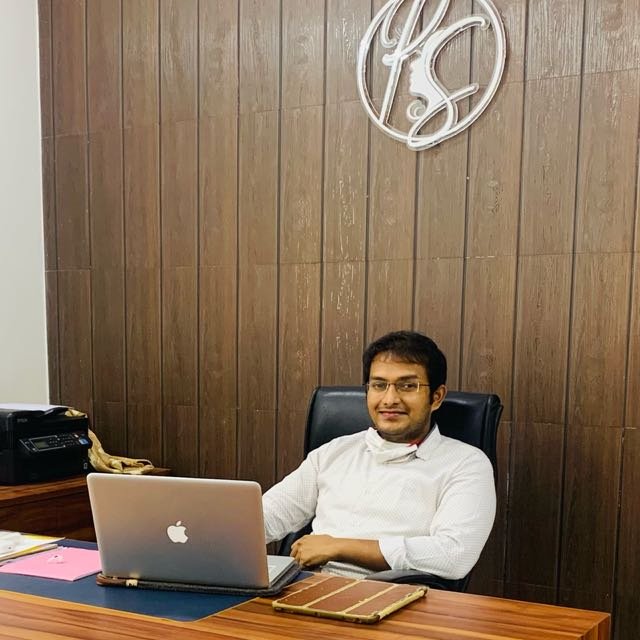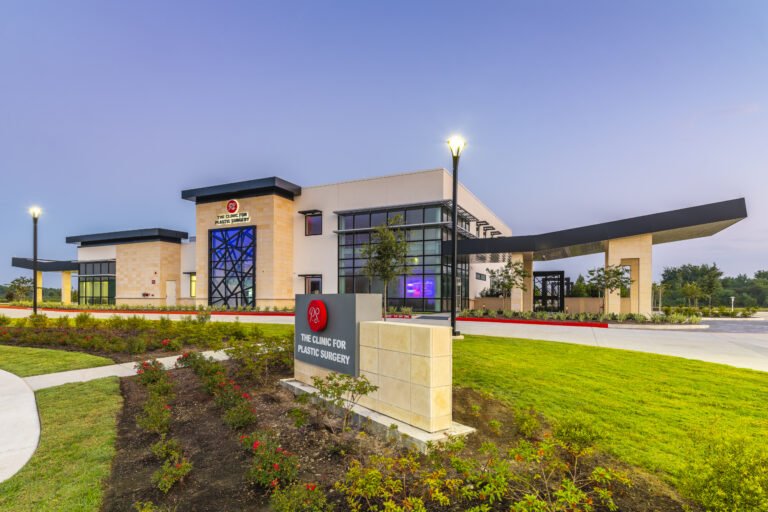South Korea has long been a global hub for advanced aesthetic procedures, but in 2025, one particular facial rejuvenation technique has taken center stage: the Deep Plane Facelift. Unlike traditional facelifts, this cutting-edge approach offers longer-lasting, more natural-looking results with less visible scarring and a quicker recovery.
So, what’s driving the rising global demand for the deep plane facelift in Korea—especially among international patients?
Let’s break it down.
📈 1. Global Trend Toward Natural-Looking Results
In 2025, the aesthetic ideal has evolved. Patients no longer want the “tight” or “pulled” look associated with older facelift techniques. Instead, people now seek:
- Natural contours
- Youthful volume restoration
- Minimal signs of surgical intervention
The deep plane facelift, by repositioning muscle and fat layers rather than pulling skin alone, delivers exactly that—especially when performed by Korean plastic surgeons known for their artistic precision.
🇰🇷 2. Korea’s Reputation for Facial Expertise
Korea’s plastic surgeons are internationally recognized for:
- Meticulous facial anatomy knowledge
- Pioneering minimally invasive techniques
- High aesthetic standards tailored to individual ethnic features
Many surgeons now specialize in deep plane techniques that respect facial harmony, making Korea a top destination for both Asian and non-Asian patients seeking personalized anti-aging procedures.
🚀 3. Technological Innovation in Korean Clinics
In 2025, Korean clinics lead the way with:
- 3D facial mapping for surgical planning
- Endoscopic assistance for precision
- Rapid recovery protocols and regenerative treatments like PRP or stem cell therapy
This tech-enhanced approach minimizes downtime, pain, and bruising, which is particularly appealing to international travelers planning short medical vacations.
🌍 4. Surge in Medical Tourism Post-COVID
As borders reopened, Korea saw a sharp rise in medical tourists. The deep plane facelift, being a high-impact yet discreet procedure, became especially attractive for:
- Patients flying in from the U.S., Canada, Singapore, Australia, and the Middle East
- Executives and celebrities seeking “stealth rejuvenation”
- Women and men in their 40s–60s looking for a one-time, long-term solution
Many clinics now offer custom packages for foreigners including:
- Virtual consultations
- Airport pickup
- Translation services
- Post-op aftercare and luxury recovery lounges
🧬 5. Better Long-Term Outcomes vs. Traditional Facelift
Traditional SMAS facelifts focus on tightening skin and superficial tissues. In contrast, the deep plane facelift lifts and repositions the SMAS layer along with deeper facial ligaments and fat pads, particularly around the:
- Midface (cheeks)
- Nasolabial folds
- Jawline and jowls
This technique:
- Reduces tension on the skin (less scarring)
- Maintains volume where it belongs
- Lasts 10–15 years or more with proper care
It’s no surprise that patients flying to Korea want this longer-lasting, low-maintenance option.
📸 6. Social Media Buzz & Real Patient Testimonials
Real international patients are sharing their journeys on TikTok, YouTube, and Instagram, spotlighting:
- “10 years younger in 2 weeks”
- “Barely any bruising!”
- “Best facelift surgeons in Korea”
With hashtags like #DeepPlaneFaceliftKorea and #KbeautyLift, these testimonials drive more patients to explore this procedure abroad.
🧾 7. Competitive Pricing & World-Class Quality
Compared to procedures in the U.S. or Europe, a deep plane facelift in Korea offers:
- Similar or better quality
- At 30–50% lower cost
- All-inclusive packages
This makes Korea especially attractive to:
- Retirees and mature patients investing in facial rejuvenation
- Patients combining surgery with sightseeing or shopping
- Those seeking revision facelifts after unsatisfying results at home



